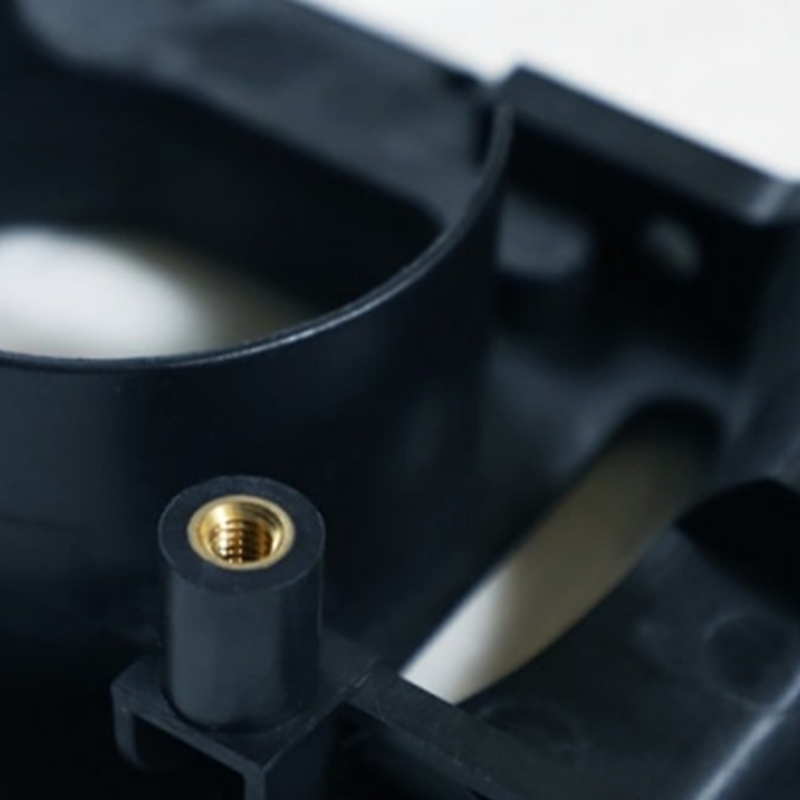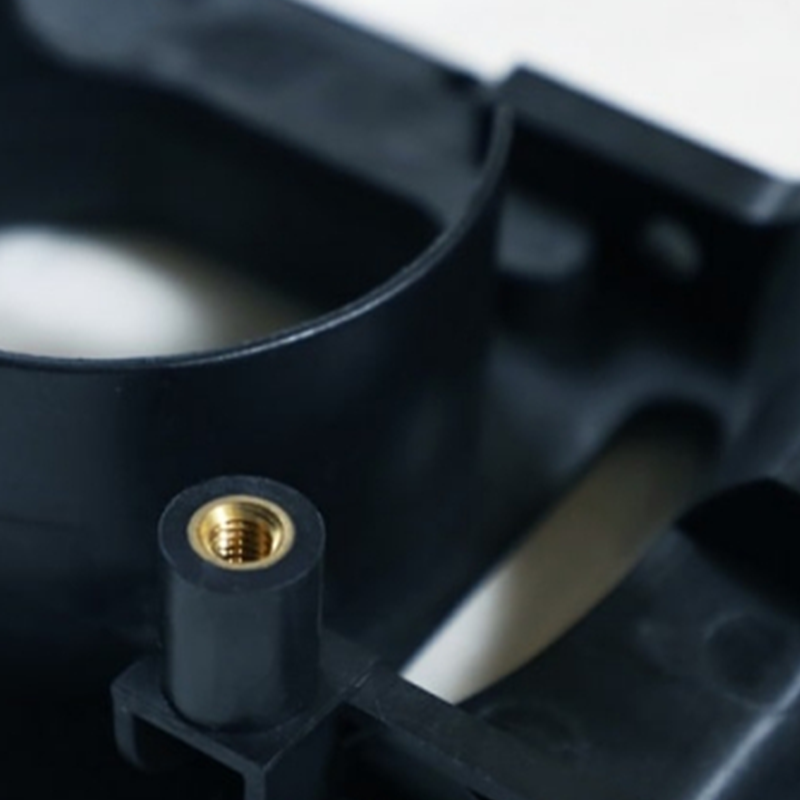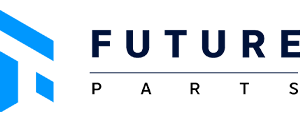Email format error
Email cannot be empty
Email already exists
6-20 characters(letters plus numbers only)
The password is inconsistent
Email format error
Email cannot be empty
Email does not exist
6-20 characters(letters plus numbers only)
The password is inconsistent


Understanding OEM Overmold Design: A Comprehensive Guide
In the ever-evolving world of manufacturing, OEM overmold design has emerged as a game-changer, offering both practical and aesthetic benefits across various industries. This blog delves into the intricacies of OEM overmold design, shedding light on its advantages, applications, and the key considerations for creating effective designs. Whether you're a seasoned professional or new to the concept, this guide aims to provide a thorough understanding of this innovative manufacturing process.
What is OEM Overmold Design?
OEM overmold design refers to the process of creating a single, seamless part by molding a layer of material over another component, usually to enhance its functionality, durability, or appearance. OEM, or Original Equipment Manufacturer, indicates that the design is tailored specifically for a particular product or company, ensuring that the overmolded part meets exact specifications and requirements.
The Basics of Overmolding
Overmolding involves two main stages:
1. Injection Molding: The initial component, often referred to as the substrate, is created using standard injection molding techniques. This part can be made from various materials, including plastics, metals, or other composites.
2. Overmolding: A second layer of material is then molded over the substrate. This overmolded layer is typically a different material that complements the properties of the substrate, providing additional benefits such as improved grip, added protection, or enhanced aesthetics.
Benefits of OEM Overmold Design
1. Enhanced Durability: Overmolding can significantly increase the lifespan of a product by adding a protective layer that guards against wear and tear, environmental factors, and chemical exposure.
2. Improved Ergonomics: Products with overmolded components often feature better grip and comfort, making them more user-friendly. This is particularly important in consumer electronics, medical devices, and hand tools.
3. Aesthetic Appeal: Overmolding allows for the incorporation of various colors, textures, and finishes, enhancing the overall look and feel of the product.
4. Cost Efficiency: By integrating multiple functions into a single part, overmolding can reduce the need for additional components and assembly steps, ultimately lowering production costs.
5. Customization: OEM overmold design enables manufacturers to create parts that are tailored to specific needs and applications, offering a competitive edge in the market.

Applications of OEM Overmold Design
The versatility of OEM overmold design makes it suitable for a wide range of applications across various industries:
Consumer Electronics
In the realm of consumer electronics, overmolding is used to enhance the durability and usability of devices such as smartphones, tablets, and wearable technology. The overmolded components provide better grip, protect sensitive parts, and improve the overall user experience.
Automotive Industry
Overmolding plays a crucial role in the automotive industry, where it is used to create parts that can withstand harsh environmental conditions and mechanical stress. Common applications include steering wheel grips, dashboard components, and various controls and switches.
Medical Devices
In the medical field, overmolded designs are essential for creating ergonomic, durable, and easy-to-clean devices. Surgical instruments, diagnostic tools, and wearable health monitors often feature overmolded parts to ensure safety and reliability.
Industrial Equipment
Overmolding is also prevalent in the manufacturing of industrial equipment, where it is used to produce robust and resilient components. Handles, grips, and protective covers for machinery and tools are typical examples.
Key Considerations for Effective OEM Overmold Design
Creating an effective OEM overmold design requires careful planning and consideration of several factors:
Material Selection
Choosing the right materials for both the substrate and the overmold is critical. The materials must be compatible to ensure proper adhesion and performance. Common overmolding materials include thermoplastics, elastomers, and silicones, each offering unique properties suitable for different applications.
Design Compatibility
The design of the substrate should be compatible with the overmolding process. This includes ensuring that the part has the necessary features, such as undercuts or holes, to allow the overmold material to flow and bond correctly.
Manufacturing Precision
Precision in the manufacturing process is essential to achieve high-quality overmolded parts. This involves maintaining tight tolerances, controlling material flow, and ensuring consistent processing conditions.
Prototyping and Testing
Before full-scale production, prototyping and testing are crucial to validate the design and materials. This helps identify potential issues and allows for adjustments to be made to optimize the performance and quality of the final product.
Future Trends in OEM Overmold Design
As technology continues to advance, the field of OEM overmold design is poised for further innovation. Emerging trends include the use of smart materials, integration of electronic components into overmolded parts, and advancements in additive manufacturing techniques.
Smart Materials
The development of smart materials that can change properties in response to environmental stimuli opens new possibilities for overmold design. These materials can provide additional functionalities, such as self-healing, color-changing, or enhanced conductivity.
Integration of Electronics
Integrating electronic components directly into overmolded parts is an exciting frontier. This approach can streamline the manufacturing process, reduce the number of separate components, and improve the overall performance and reliability of electronic devices.
Additive Manufacturing
Additive manufacturing, or 3D printing, is increasingly being used in overmold design to create complex and customized parts. This technology allows for greater design flexibility, rapid prototyping, and the production of intricate geometries that were previously unattainable with traditional methods.
Conclusion
OEM overmold design is a powerful tool in modern manufacturing, offering a multitude of benefits that enhance the functionality, durability, and aesthetics of products across various industries. By understanding the basics of overmolding, recognizing its advantages, and considering key design factors, manufacturers can leverage this technique to create superior products that meet specific needs and stand out in the market. As technology continues to evolve, the possibilities for OEM overmold design are boundless, promising exciting advancements and new applications in the years to come.

